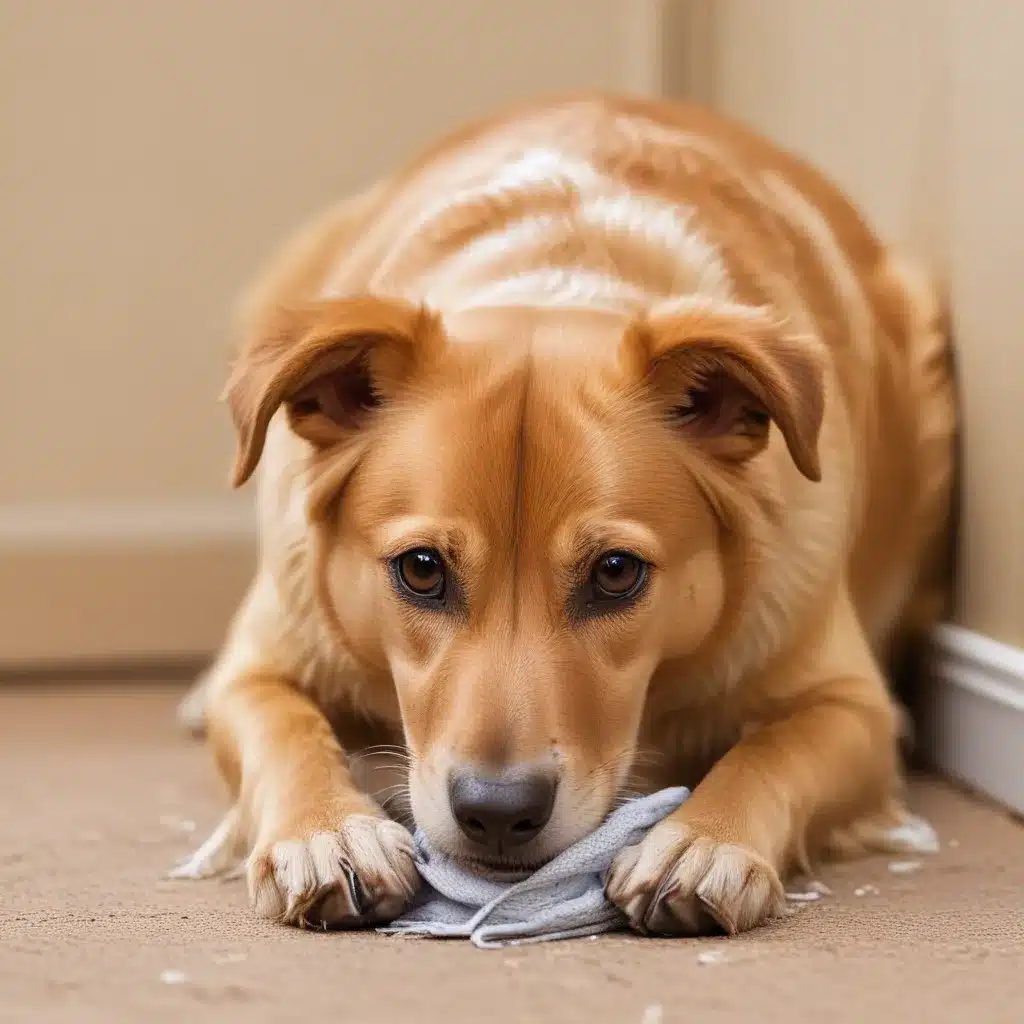
Bringing Home an Adult Rescue: A Whole New Ballgame
You’ve just welcomed an adult rescue dog into your home – congratulations! While housetraining a puppy can be a real challenge, training an adult dog is actually often much easier. But don’t let your guard down just yet. Housebreaking an adult dog requires a whole different approach compared to a puppy.
Let me tell you a story that might help put things in perspective. Imagine you’re invited to spend a week in a grand palace in Russia. You’re thrilled – this is the opportunity of a lifetime! When you arrive, everything is foreign and confusing. The people are friendly, but you don’t understand a word they’re saying. After a long night of festivities, nature calls and you set out to find the restroom.
What happens next is a hilarious and cringe-worthy comedy of errors. You accidentally use the wrong bathroom, only to be met with angry shouts and gestures from the palace staff. Turns out, they’ve been renovating the plumbing and want all guests to use the McDonald’s down the street. But how were you supposed to know that? You were just trying to take care of business!
This is basically what it’s like for an adult rescue dog when they come into your home. Your house rules and expectations probably make zero sense to them. After all, why wouldn’t they just go where and when they need to? It’s up to us as pet parents to patiently teach them the right way.
Start from Scratch (Almost)
Even if your new pup was housetrained in their previous home, you’ll want to assume they need a full refresher course. The sights, sounds, and smells of your home are all brand new to them. And let’s be honest – their housetraining skills may have gotten a bit rusty during their time at the shelter.
For the first few weeks, you’ll want to take the same approach as you would with a puppy. That means:
- Confining your dog to a small, designated area when you can’t directly supervise them
- Taking them out frequently to their designated potty spot
- Rewarding them lavishly with treats and praise when they go outside
- Thoroughly cleaning any indoor accidents with an enzymatic cleaner
According to PAWS, the re-housetraining process should go fairly quickly if your adult dog was already trained. But you’ll still need to be patient and diligent in the early days.
Establish a Routine (and Stick to It!)
One of the keys to successful housetraining, whether you’re working with a puppy or an adult, is a consistent routine. The American Kennel Club recommends feeding your dog at the same times every day and removing their food bowl after about 15 minutes. This helps regulate their bathroom schedule.
You’ll also want to take your dog out first thing in the morning, after meals, and a few times throughout the day. Pay close attention to their signals – things like sniffing, circling, or leaving the room may indicate they need to go. As soon as you see these behaviors, immediately take them outside on a leash to their potty spot.
Don’t forget to reward your dog lavishly with treats and praise when they do their business outside. This positive reinforcement is crucial for cementing the right habits. And be sure to clean any indoor accidents thoroughly with an enzymatic cleaner to remove lingering smells that could tempt them to go in the same spot again.
Manage Their Environment (At Least at First)
When housetraining a new adult dog, you’ll want to limit their access to the entire house. According to Dogspring Training, you should block off bedrooms, fancy rugs, and other areas you don’t want them to have accidents in. Confine them to a small, easily cleanable space like a kitchen or laundry room when you can’t directly supervise.
Crate training can also be an invaluable tool during this process. Your dog’s crate should be just big enough for them to stand up, turn around, and lie down comfortably. Anytime you can’t keep a close eye on them, pop them in the crate. This prevents accidents and reinforces the idea that the crate is their safe, clean space.
As your dog demonstrates they can be trusted, you can gradually give them more freedom in the house. But don’t move too quickly. It’s better to err on the side of caution, especially in those first few weeks. Preventing indoor accidents is key to successful housetraining.
Patience and Positivity are Everything
I know it can be frustrating when your new adult rescue dog has the occasional accident in the house. But try to remember – this isn’t their fault, and they’re not doing it to spite you. They’re just trying to figure out this whole “being a house pet” thing.
As Cesar Millan says, the key is to avoid assumptions about your dog’s motivations. Don’t assume they’re being “bad” or “stubborn.” Instead, approach the situation with patience, compassion, and a problem-solving mindset.
When you do catch them in the act, don’t yell or punish. Simply interrupt them, take them outside immediately, and then reward them lavishly when they finish their business in the right spot. Cleaning up the mess with an enzymatic cleaner will also help prevent future accidents in the same area.
Remember, your adult dog wants nothing more than to please you and be a good canine citizen. With time, consistency, and lots of positive reinforcement, they’ll get the hang of your house rules. And you’ll have a loyal, housebroken companion for life.
Now that you know the keys to housebreaking an adult rescue, why not head over to ihavedogs.com to browse some adorable pups in need of their furever home?

